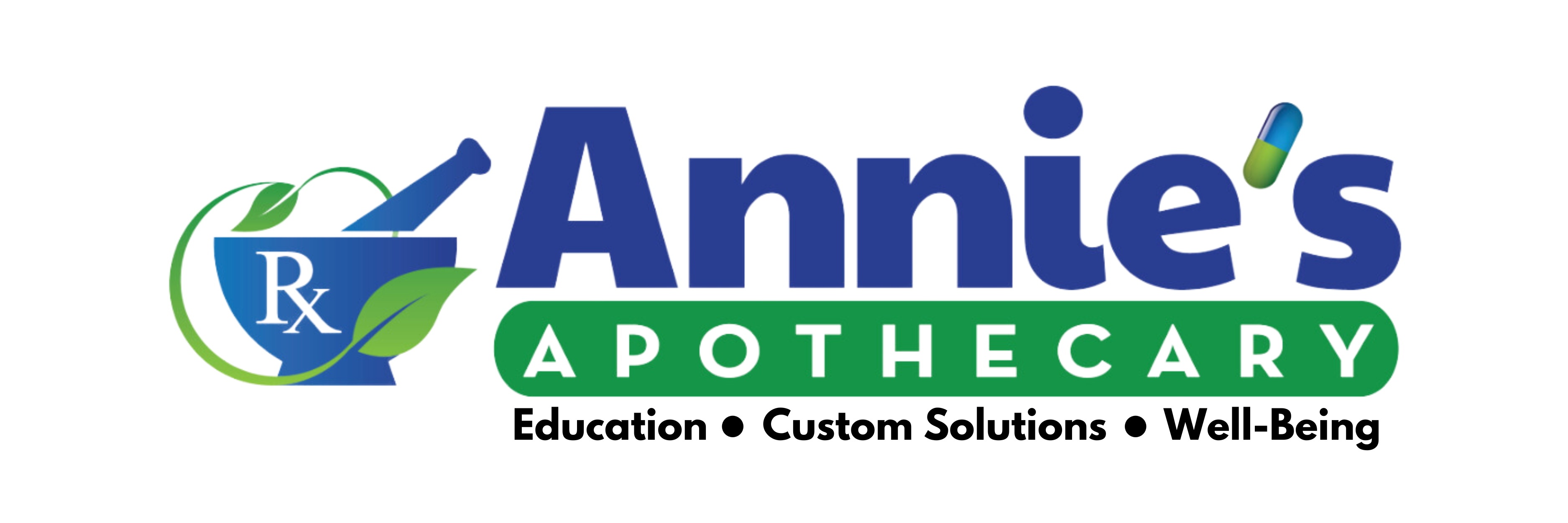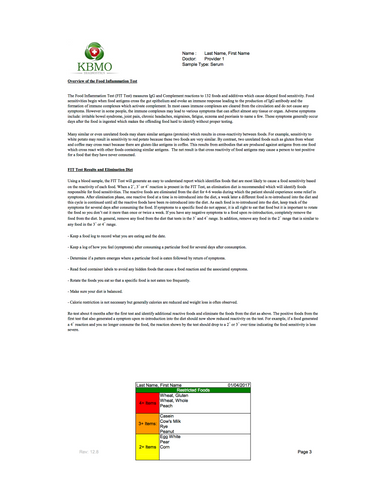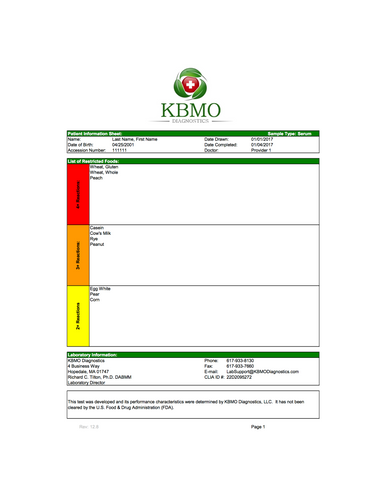Fit 132
Symptoms of food sensitivity include: irritable bowel syndrome, joint pain, chronic headaches, migraines, fatigue, eczema, and psoriasis to name a few. These symptoms generally occur days after the food is ingested which makes the offending food hard to identify without proper testing. Test, Don't Guess! The FIT test is a patented multi pathway delayed food sensitivity test. This new technology measures both IgG and Immune Complexes, the most common food-related pathways in the body. The test comes with a personalized meal plan designed by a team of nutritionists based on your individual results. You will also get a free nutritional consultation with our clinical pharmacist. Available for ages 2 years and up!
The FIT 132 tests the following food sensitivities
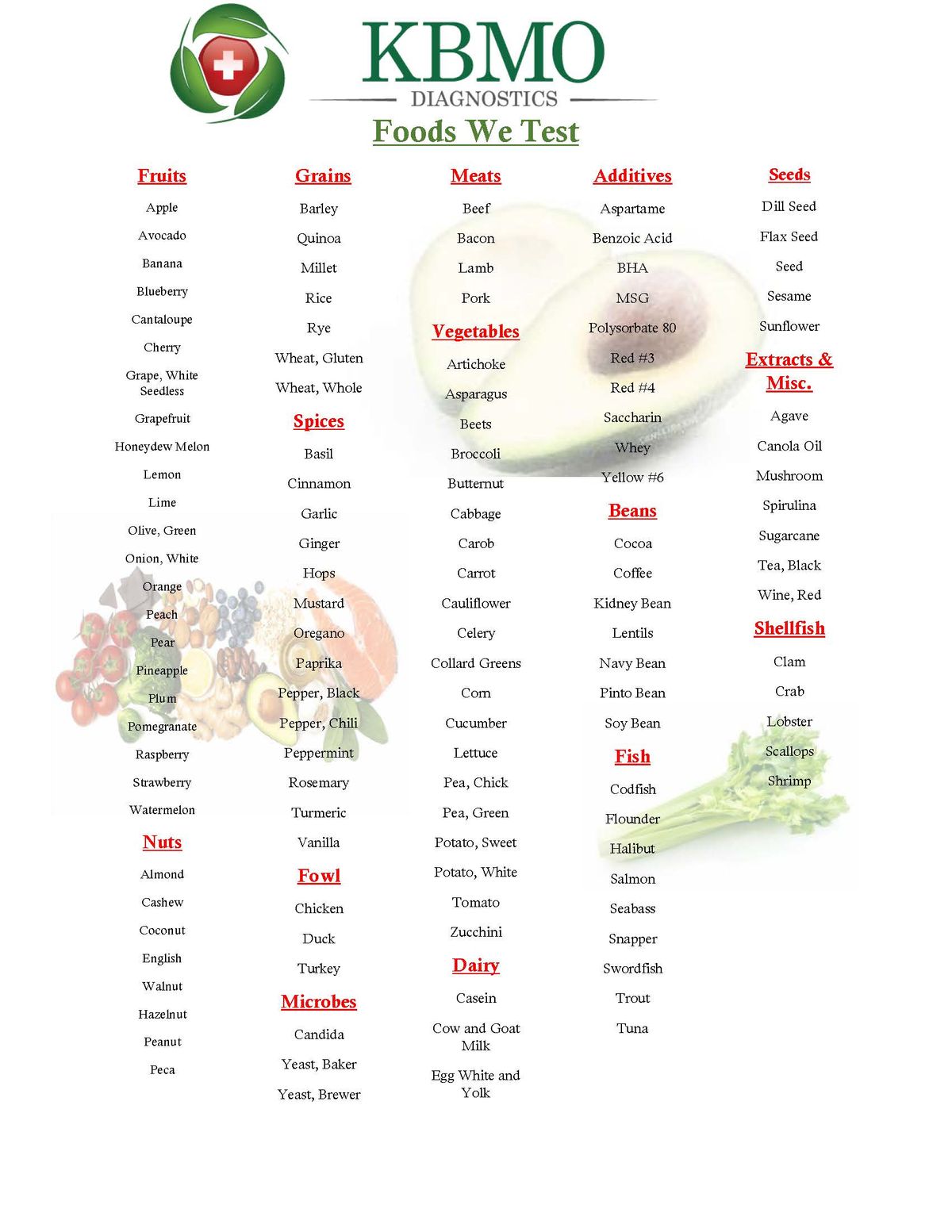
Ready to take your test?
The FIT test can be easily administered in our pharmacy with our registered pharmacist or taken with you and self administered in the comfort of your own home.
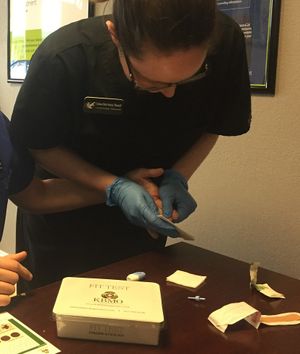
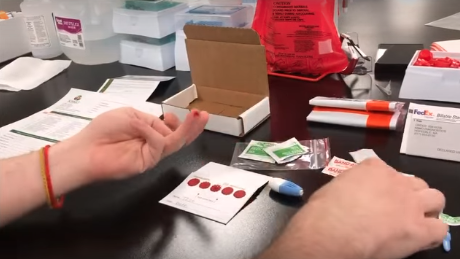
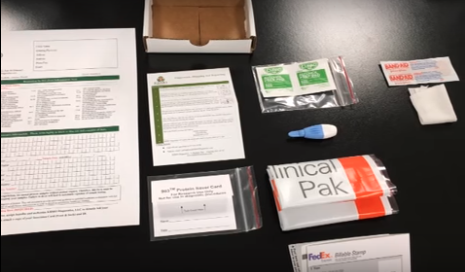
Each Kit Contains
Collection Instructions
Protein Saver Card
Plastic Envelope
Alcohol Prep Pad
Sterile Single-Use Lancets
FedEx Clinical Pack Envelope
Prepaid Billable Stamp
Bloodspot Tutorial
Watch the blood draw tutorial video for instructions on how to collect a blood spot sample.

The FIT 132 comes with a 30 minute wellness consultation.
You’re encouraged to eliminate the offending foods for a minimum of 8 weeks and take a good quality probiotic like FloraBalance Max. This gives your gut time to heal. Next, is a slow reintroduction phase where you test your reaction to the offending foods to see if it’s something you may be able to eat once or twice a week, but not daily. By keeping a food and symptom journal you will be able to keep track of what foods are okay to consume and what foods aren’t. And you never know what’s hidden in your packaged food so make sure to read the ingredient labels on your food before you purchase them. Also keep in mind similar foods that may elicit the same symptoms like cantaloupe and honeydew melon. And last but not least try to eat a well-balanced diet and rotate the foods you eat so that a specific food is not eaten too frequently.
Every person is different so it’s better to test, don’t guess.
